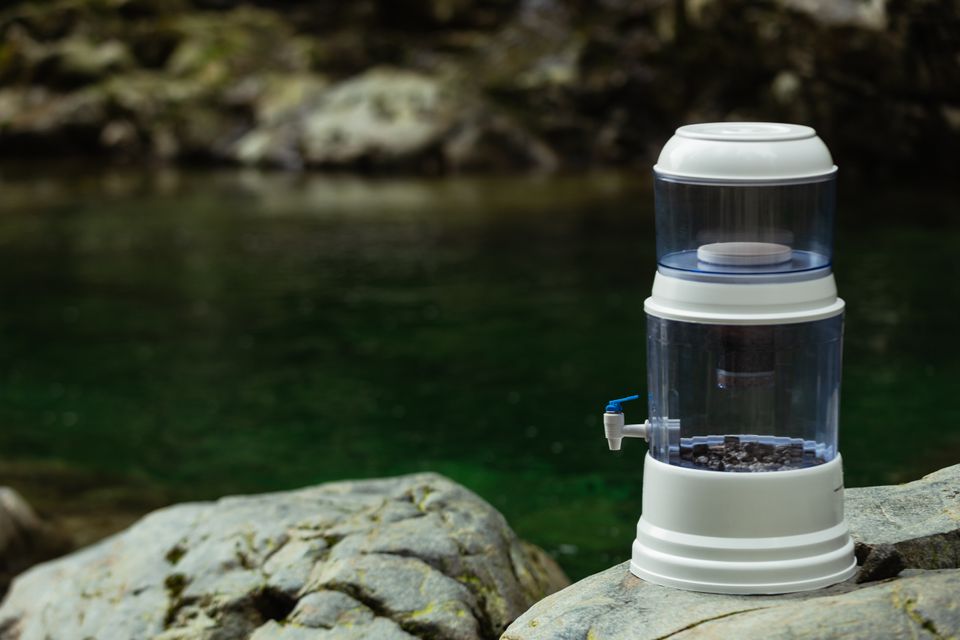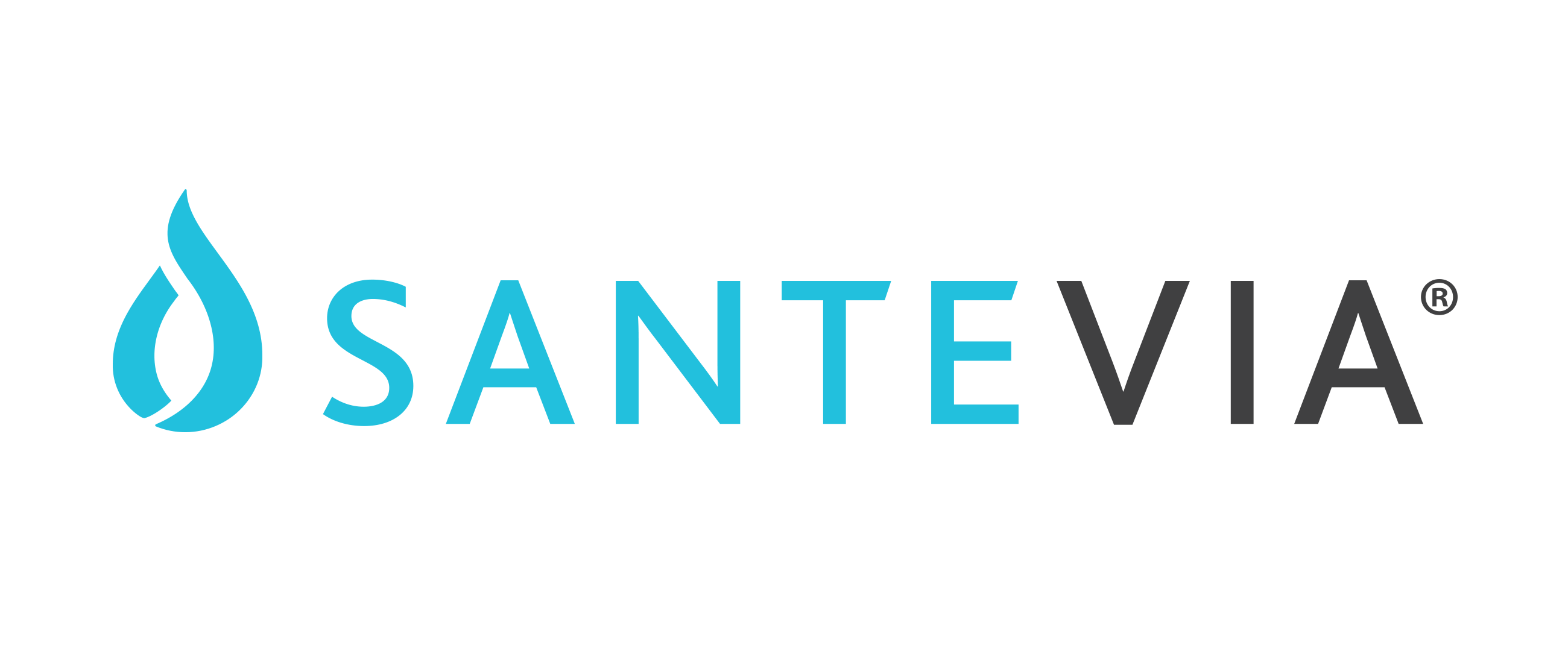GERD: Symptoms, Causes, and Natural Remedies

If you’ve ever burped, experienced an acidic taste in your mouth or experienced heartburn, then you have likely suffered from gastroesophageal reflux. These are the common symptoms of gastroesophageal reflux disease, or GERD.
While these mild symptoms are almost universal, some people experience GERD symptoms at such a frequency that it interferes with their daily lives. Given the universality of GERD symptoms, you’ve probably turned to the internet to find ways to help yourself fight GERD and discovered an abundance of information.
While GERD cures can seem hopeless, there are many ways to manage the symptoms of the disease including natural remedies, avoiding certain foods, maintaining a healthy diet, over-the-counter medicine, and balancing your pH.
Some of these options require larger scale changes while others are simple and easy to implement. Later on, we will cover how alkaline water can be useful to manage GERD symptoms and minimize acid reflux.
Definition of GERD
Gastroesophageal Reflux Disease (GERD) is a digestive disorder that occurs in the lower esophageal sphincter. The word reflux indicates that contents of the stomach are returning or flowing back into the esophagus, which leads to an uncomfortable burning sensation.
Usually during digestion, food will be partially digested in the mouth, flow through the esophagus and pass the lower esophageal sphincter into the stomach. The sphincter is designed so that food can typically only go in one direction. Sometimes, however, the sphincter malfunctions. Ultimately GERD is caused by a weak or hyper-relaxed sphincter, which allows stomach acid to go in the wrong direction and cause unwanted side effects.
While many people may wonder whether heartburn is the same as GERD, the answer is no. Heartburn is simply the most common symptom of the disease. In fact, between 15-30% of Americans experience heartburn.
While everyone experiences heartburn differently, most people describe the feeling as a burning sensation starting in their chest and making its way into the throat and mouth. This painful GERD symptom can last up to two hours and is often aggravated by eating. Many individuals find their heartburn to worsen when they lay down, and instead find GERD relief by standing upright or ingesting an over-the-counter medication like an antacid.
In some cases, individuals might even purchase specific GERD pillows or wedge pillows designed to mitigate the painful symptoms of the disease at night. The pillow elevates the head, torso, and neck so that the user is more upright and stomach acid is less likely to flow back into the esophagus.
While heartburn is the most common symptom, some people suffer from GERD without this side effect. For those individuals, GERD can manifest itself as pain in the chest, back pain, trouble swallowing, or hoarseness in the morning. Some of the less frequent GERD symptoms are bad breath, and a dry cough.
Similarly, many people conflate GERD with gastritis; however, they are different ailments and can occur simultaneously. As covered above, gastroesophageal reflux disease is usually a result of a malfunction of the lower esophageal sphincter. Gastritis on the other hand, is an irritation within the stomach.
Gastritis usually occurs only a few bites into a meal and can lead to feelings of nausea, fullness, or bloating. This disorder can intensify to the point in which ulcers develop in the stomach lining. However, the causes of GERD and gastritis are very similar and thus treatments are alike.
Who Is at Risk?
Many people with the disease do not consult a doctor or physician to receive a GERD diagnosis, meaning that it is difficult to estimate just how many people in North America have it. However, a 2013 study in Gut Journal estimates that between 18-28% of North Americans experience GERD.
The disease affects a variety of people, but there are some risk factors that may increase your likelihood of developing it. An important step in addressing the symptoms of the disease are understanding the causes. You’re more likely to develop GERD after the age of 40. Likewise, if you’re overweight or obese, smoke regularly, are taking certain medications, have asthma or are pregnant, your likelihood for developing GERD increases.
Individuals who suffer from asthma are at a higher risk of developing GERD because asthma flare ups can relax the lower esophageal sphincter and facilitate acid reflux into the esophagus. Unfortunately, reflux from GERD can exacerbate the symptoms of asthma as well by irritating the lungs and airway.
Most pregnant women will experience some symptoms of GERD throughout their pregnancy, although the timing varies for each woman. During pregnancy, the hormones tend to slow down the digestive system.
Similarly, the muscles in the esophagus slow down and decrease the rate at which food enters the stomach. For these reasons, acid reflux and GERD symptoms may become more noticeable or prevalent during pregnancy. Luckily for expecting mothers, the symptoms of GERD during pregnancy tend to lessen or disappear after the child is born.
Pregnant mothers could also benefit from familiarizing themselves with the manifestation of reflux in their newborns. While GERD in babies is rare, it is possible they will suffer from infant reflux. This condition in which a baby’s food backs up from the stomach into the mouth is rarely serious and will usually resolve on its own. It is important to seek medical advice, however, if the baby’s symptoms continue to worsen.
Treatments for GERD
At this point you may be wondering what to do if you’re experiencing symptoms of this disease and whether or not GERD can be cured. A simple means of addressing GERD is through an improvement in your diet and exercise habits. As previously mentioned, GERD can be caused by a weak or relaxed lower esophageal sphincter. The sphincter can become weak from a plethora of factors including, but not limited to, overeating, being overweight, smoking, or hiatal hernia.
Each of these scenarios present potentially detrimental impacts on one’s health. To maintain health, it is very important to eat a balanced diet that keeps one’s weight at a healthy level. Similarly smoking is correlated with lung cancer, heart disease, and a plethora of other serious health outcomes.
There are a number of treatment options to help manage symptoms of GERD:
1. Over-the-counter Medication
While there are several natural remedies for GERD, many people opt for over-the-counter meds that alleviate the symptoms of GERD. These medicines will reduce the amount of acid in the stomach, which in turn mitigates the risk of acid reflux reaching the esophagus.
2. Use GERD Pillows
Another home remedy mentioned above is propping your head and neck up about 6 inches using pillows. This allows gravity to do its job and helps the digestion process remain a one-way operation. While you can easily elevate your upper body using pillows, there are also specially designed GERD pillows that simplify the process.
3. Incorporate a GERD Meal Plan
Beyond changes in lifestyle, some people choose to eat according to a GERD meal plan since there are certain foods that should be avoided. Some foods and beverages that trigger GERD are fried or fatty foods, chocolate, coffee, citrus, alcohol, and carbonated beverages.
Chocolate and mint actually serve to relax and weaken the lower esophageal sphincter. Similarly, alcohol puts individuals at an increased risk of developing a variety of adverse health effects, one of which is GERD.
4. Eat Smaller Portions More Frequently
Doctors also recommend eating smaller meals throughout the day to lessen the side effects of GERD. It is recommended that you allow up to 2-3 hours after your last meal before going to bed. This will reduce acid reflux by allowing the stomach contents and acid to partially empty.
GERD diets incorporate a variety of healthy, high-fiber foods and alkaline choices. These foods will keep your digestive system operating at its best ability and maintain a healthy pH within the walls of your stomach.
5. Drink Mineralized Alkaline Water
Staying hydrated is a very important component of maintaining one’s health. However, it can be daunting to choose between all the different types of water available at the grocery store. Between ionized, mineral, spring, and tap water it can be difficult to decipher the differences, let alone know which one is best for your health. It is worth noting that mineralized, alkaline water offers a unique treatment for GERD because of its high pH and alkaline properties.
Alkaline Food & Drinks to Fight GERD
Since all foods and beverages fall somewhere along the pH scale, it is important to avoid acidic options. The pH scale ranges from 0-14, with lower numbers being acidic and higher being alkaline or basic. For example, Santevia water filters produce alkaline water that has a natural pH of about 8.5-9 on the scale, while most tap water sits around 7.
While high pH and alkalinity are related, there are some key differences between the two. Alkaline water is full of natural and nutritious minerals that help maintain its raised pH. Products with a higher pH have the ability to offset some of the acid in the stomach and prevent the painful GERD symptoms like heartburn and acid reflux.
Some powerful alkaline foods that prevent acid reflux include bananas; melons; cauliflower; nuts; and alkaline, mineralized water. However, you’d be surprised to find how many of your favourite foods are alkaline and the great number of ways there are to transform them into a delicious meal. In fact, alkaline foods can easily be turned into simple and quick recipes for GERD that keep your body balanced and healthy.
While changing your diet and lifestyle are extremely important steps in addressing acid reflux, they can seem daunting at first. Drinking alkaline water for GERD is a simple and effective solution for many irritating symptoms. Incorporating alkaline water into your daily life is a very good way to address GERD and easier than you could imagine. In fact, studies support the claim that drinking water with a high pH can deactivate pepsin, thus reducing GERD reflux.
With a variety of simple and effective products, Santevia is committed to helping you improve your overall health and vitality through alkaline water. Beyond supporting your own health, using Santevia products also provides asustainable alternative to bottled water and other water filters on the market.
Gastroesophageal reflux disease is a pervasive and debilitating disease for many North Americans. However, a combination of traditional medicine, natural approaches, and a healthy lifestyle could mitigate many of the symptoms of the disease.
Alkaline water is an efficient and effective way to tackle GERD’s side effects. Products like the MINA Alkaline Pitcher are a convenient and compact way to deliver mineralized, alkaline water to your family and keep everyone hydrated. The MINA Alkaline Pitcher reduces chlorine, lead, herbicides, and other harmful contaminants that are found in tap water. A notable feature is that the water filters through in just minutes, making it a great solution for busy families.
Similarly, the Recovery Stick and the Power Stick are portable alternatives that allow you to stay hydrated on-the-go and fight heartburn and reflux throughout the day. You simply place the stick in a glass or your Tritan Water Bottle, stir, and enjoy chlorine-reduced, alkaline water in minutes. Visit the Santevia catalog to browse a variety of products that will keep you and your family healthy, hydrated, and alkaline.

